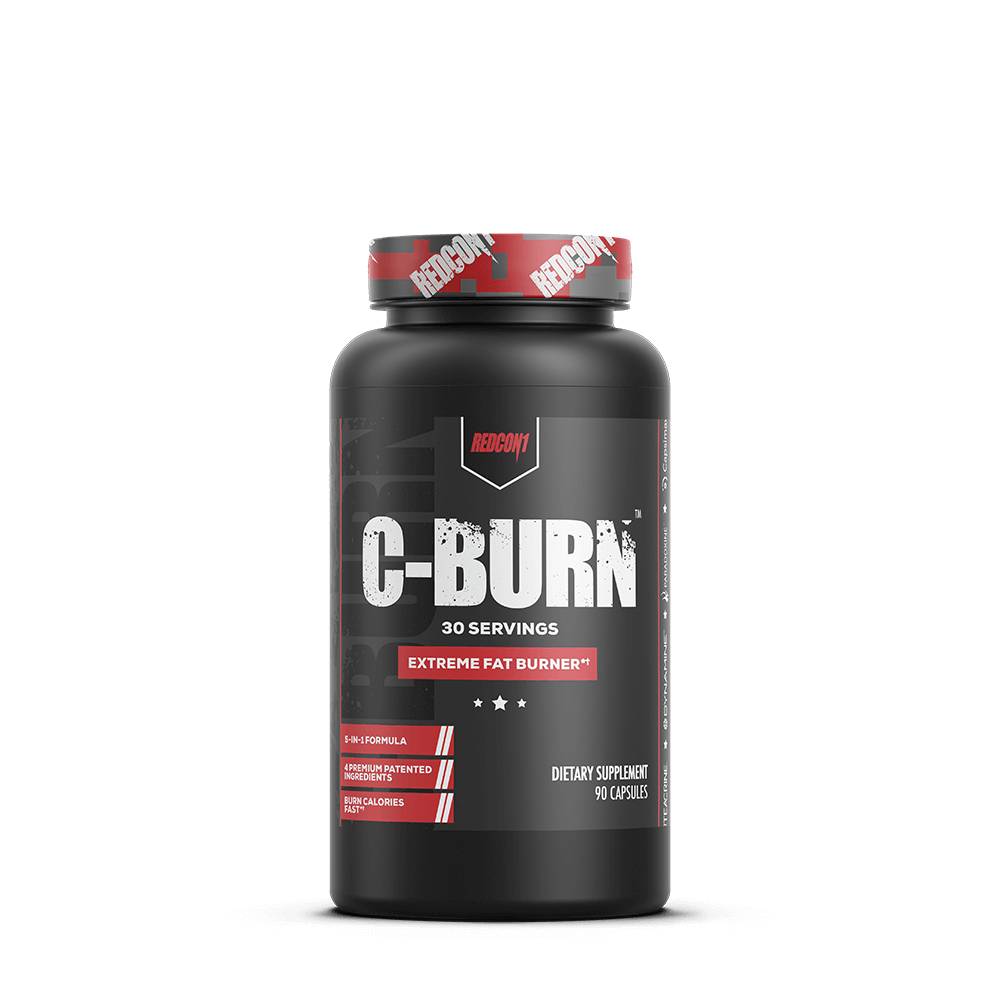The defining feature for both men and women in a physique is a finely sculpted set of abdominal muscles. A tight and tiny core is sought after and deemed to be one the sexiest features on a body. But, other than keeping body fat low with a healthy diet, you must build muscle to see muscle. Each part of the core – rectus abdominus, intercostals, obliques and serratus - should be effectively worked with exercises that specifically target that portion of the core. Each part of the core can be worked every few days throughout the weekly split to work each area and create the tight and toned look that you desire. Some people choose once or twice a week, but either method preferred will work to build and tighten the core so long as the proper exercises are performed for each area of the core.
Rectus Abdominus
The rectus abdominus is the area of the core muscles that extends from the sternum down to the pelvis bone in the front of the body. The function of these muscles and the motion that most effectively works this muscle grouping is pulling the torso down to the hips.
Typically, when you think of working your core, you think of sit-ups and crunches. Those two exercises target this portion of the core very well. One of the best exercises to perform this motion is the sit-up on a decline bench. It gives you a larger range of motion than just doing a sit-up on the ground. To challenge yourself more, you can hold on to a ten-pound med ball while going through the larger range of motion on the decline sit-up. Three or four sets of twenty sit-ups will definitely get the muscles fatigued.
Obliques
Located on the sides of the waist, the obliques consist of the internal obliques, transverse obliques and external obliques. These muscles compliment the core by giving it the cut and tiny look that help to tilt and twist the torso. Because of their function, twisting motions with resistance, or side bends, work very well to build this portion of the core.
One of my favorite ab exercises and very effective at building the obliques is woodchoppers. The great part about this exercise is that it can be done with a med ball, dumbbell or even with a cable machine. The key to this exercise is the full range of motion from the ground to full arm overhead stretch and rotation of the body from left to right and right to left. Evenly work both sides of the body, same number of reps to the left as to the right. Depending on the amount of weight you are using, fifteen to twenty reps in each direction for three to four sets should be sufficient.
Intercostals
Similar to the obliques, the intercostals aid in the twisting of your torso from side to side, but also when you flex the torso – the elevation and depression of the rib cage. This muscle group is located between the sides of the body where the rib cage is.
When done in perfect form, the air bike exercise can really make the abs burn. The added bonus is the contraction of keeping the legs elevated and bending the knee to elbow will activate the rectus abdominus and target the intercostals. Because this ab exercise uses body weight, I tend not to count the number of reps, but continue to work until failure. By failure I mean you are struggling to keep your legs elevated to bring them to your elbows. Three to four failure sets will leave you sore for a few days with just body weight!
Serratus
When someone has a real attitude problem and is deserving of a throat punch, the core muscles that allow you to do this motion is the serratus. It is located between the front abs and the lats, which assists in pulling the scapula forward and around the rib cage – the ability to thrust the arm forward, the punching motion. Working this muscle group helps to create a tapered look to the waist portion of the core and assist in the tiny waist look.
The multi-muscle activation of the cable crunch makes it an excellent core exercise as well as one that targets the serratus aspect of the core. Maintaining proper form throughout this weighted exercise is key to reaping its benefits. Your hips must be kept high and locked into place throughout the motion to avoid using the hip flexor as leverage and get the full range of motion. Using a rope attachment for the cable, the hand position will determine the range of motion as well, keep your hands together with palms facing the top of your forehead with you chin tucked into your chest. The range of motion should be from at least the parallel to the floor to full abdominal flexion at the bottom of the crunch. Be careful not to pile on too much weight and keep it in the moderate range of sixty-five to seventy-five percent of your max for three to four sets of ten to twelve reps.
Training abs does not need to be dry or the same exercises week after week. Finding exercises that perform the same kinds of motions needed to target each of the different core muscle aspects will be just as beneficial and keep you less bored! Variety is the spice of life so long as it still achieves your core defining goals.
Written by: Samantha Meinrod
IG: @sammiegirl_fitness
Email: sammiemeinrod@gmail.com

